MALAYSIA’S HISTORICAL STRUCTURES
Symbols of National Identity
By Hiranmayii Awli Mohanan
Malaysia, along with its buildings, structures and architecture are laden with history — a marker of the country’s character and cultural identity. After all, they are landmarks and structures that have borne witness to key historical events or hold a special purpose for its citizens. In the spirit of Merdeka, we discover the history behind five of Malaysia’s important structures and buildings.
#1 TUGU NEGARA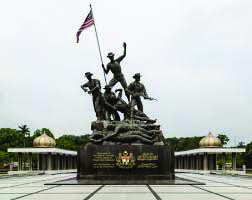
As mentioned in our history books, the Tugu Negara was established in memory of the 11,000 fallen Malayan heroes who lost their lives during the 12-year Malayan Emergency. The monument was produced by Austrian-born, American sculptor, Felix de Weldon, who also created the Marine Corps War Memorial – which was the inspiration for the Tugu Negara. It was commissioned in 1963 and unveiled in 1966.
Fun Fact: Our National Monument was originally a non- figurative sculpture but was changed when Tunku Abdul Rahman paid a visit to the Washington Marine Corps War
#2 MASJID NEGARA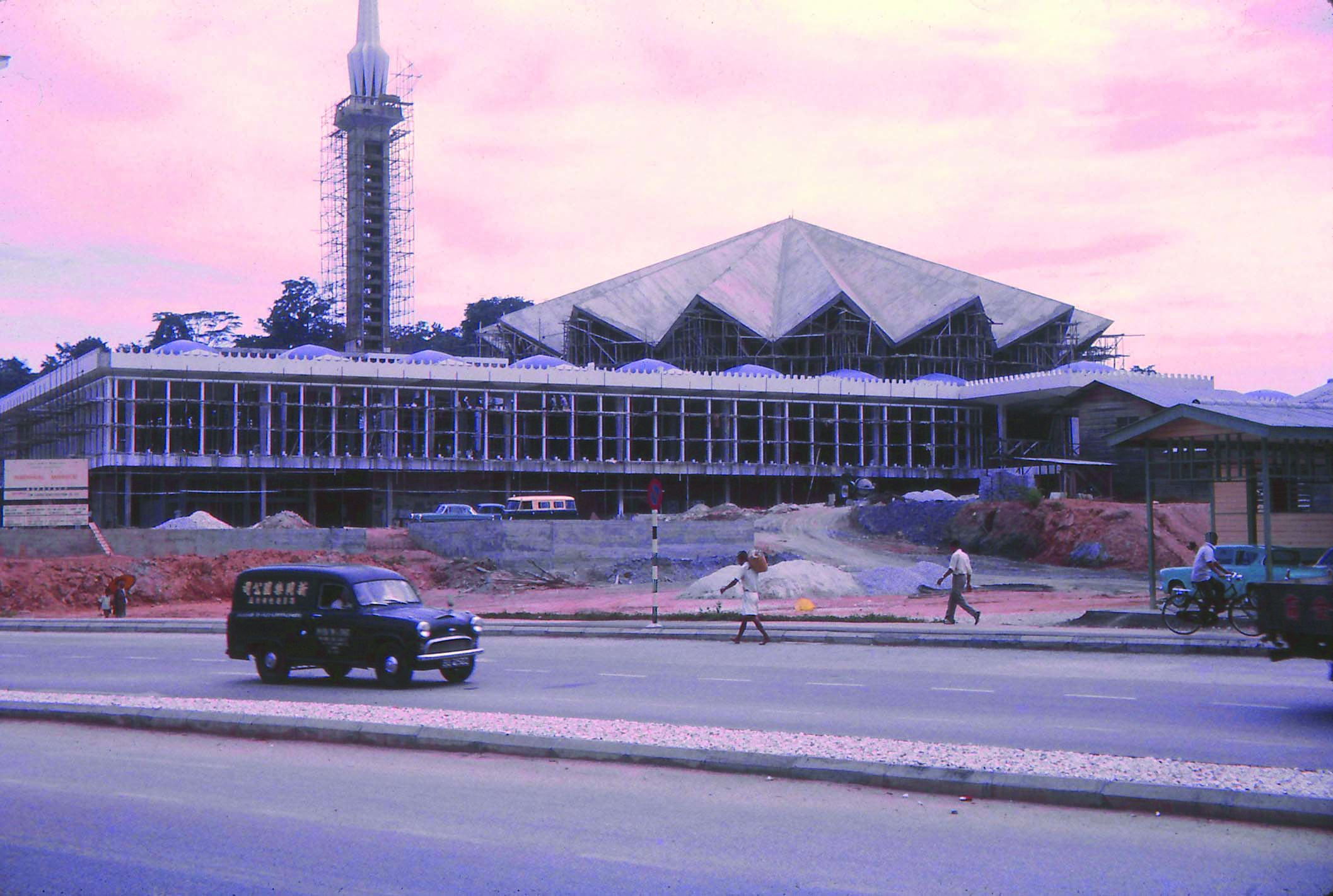
The construction of Masjid Negara or the National Mosque began in 1963, and its doors opened to the public in 1965. The mastermind behind the design of the mosque was a three- person team from JKR, comprising Scottish architect Howard Ashley, and Malaysians Hisham Albakri and Baharuddin Kassim. The roof of the mosque was a contemporary design of its time, straying away from the norm of the dome design. The significance behind the design of the roof acts as an umbrella, that provides shelter. It was also mentioned that the design contributes to good acoustics for prayers. While there was much debate on the location of the national mosque, then Prime Minister Tunku Abdul Rahman asserted on the current location, with the reason that it is close to the train station and accessible for weary travellers who seek refuge.
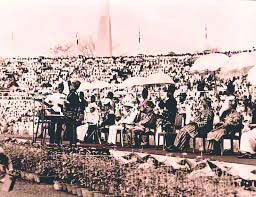 #3 STADIUM MERDEKA
#3 STADIUM MERDEKA
As its epithet indicates, Stadium Merdeka was built to mark Malaya’s independence from the British. The stadium opened its doors just a month before the Merdeka festivities and the historical moment where the voice of Tunku Abdul Rahman declaring ‘Merdeka’ seven times echoed throughout the space. The stadium was designed by then director of JKR, Tan Sri Dato’ Stanley Jewkes, an American architect, and close friend of Tunku. With the strong notion that sport was a good agent in uniting the people, Tunku gave special emphasis on this project. Working on a tight budget, Jewkes had to be innovative in his design to keep the project going.
Stadium Negara was also planned to be a convention centre and concert hall apart from its function as an indoor sports hall. Thus, its technical requirements were quite stringent – attention was paid to flexible space planning, indoor comfort and lighting.
#4 PARLIAMENT HOUSE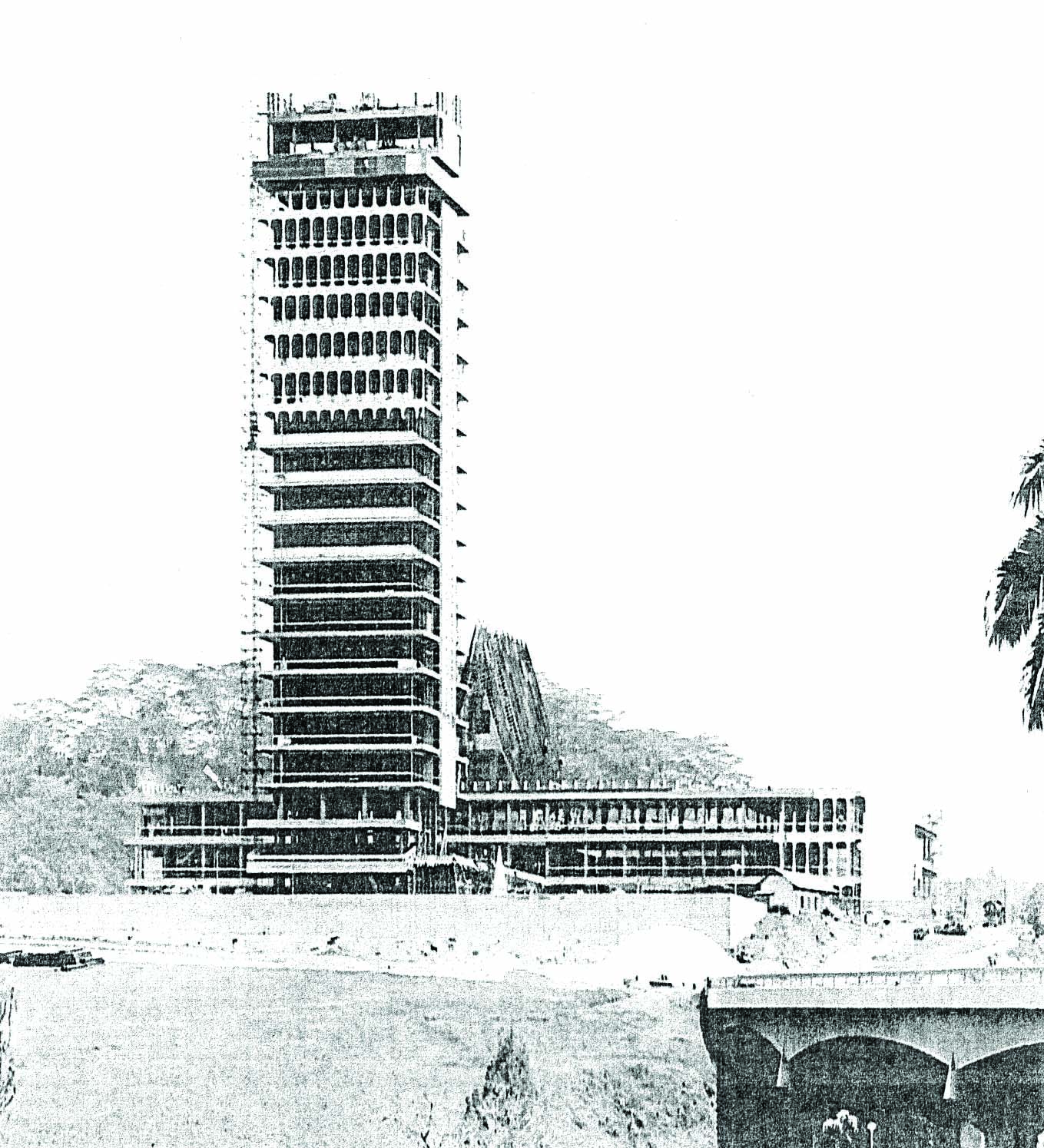
The Malaysian Parliament Building, was inaugurated in November 1963 and designed by Ivor Shipley, a British architect who was working in the Public Works Department (JKR). The building’s premises was formerly known as West Folly Hill. Shipley’s original interior design saw the incorporation of landscaped courtyards with water bodies in order to provide the building with a natural cooling system. These features were stripped gradually over time. Though the ‘Bangunan Parlimen’ had undergone several refurbishments over time, some original aspects such as the terrazzo and timber staircases have been conserved till today.
Fun Fact: A mural by the late, revered artist, Datuk Chuah Thean Teng was in the works to be installed behind the Speaker’s rostrum.
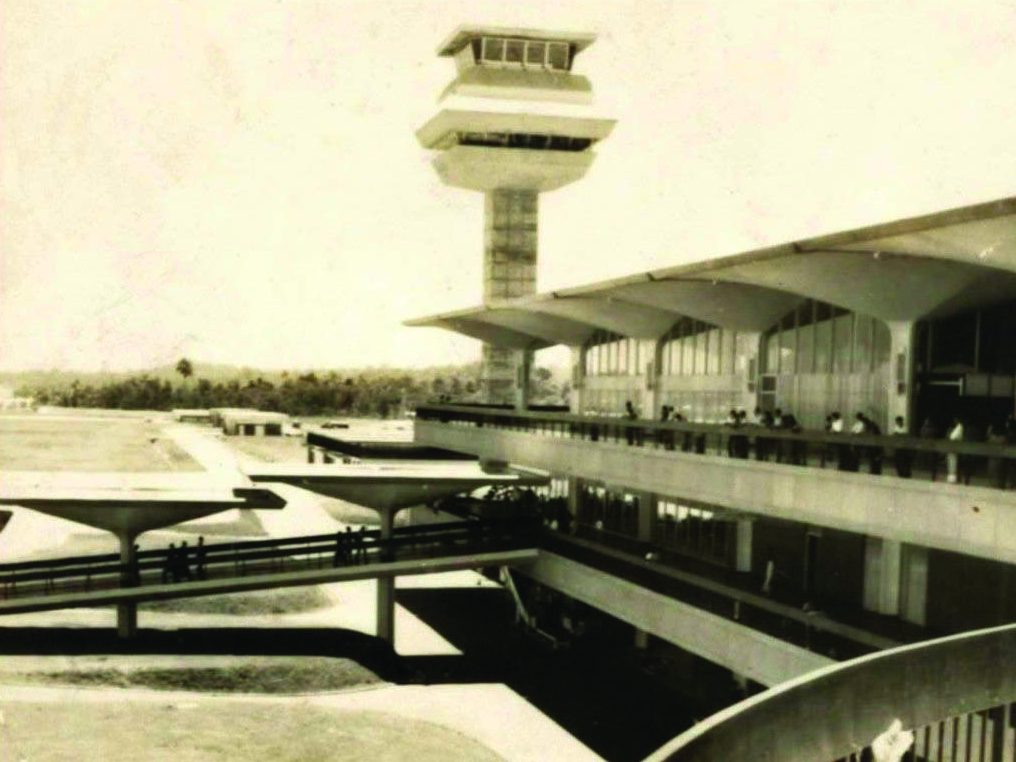 #5 SUBANG AIRPORT
#5 SUBANG AIRPORT
Preceding KLIA, Subang International Airport was the avant garde airport where all international travels took place. It was inaugurated in 1965 and boasted the longest runway in Southeast Asia at the time. Its moniker was changed to Sultan Aziz Shah Airport in 1996 and was also the first public project commissioned to a private architectural firm, Booty Edwards & Partners.